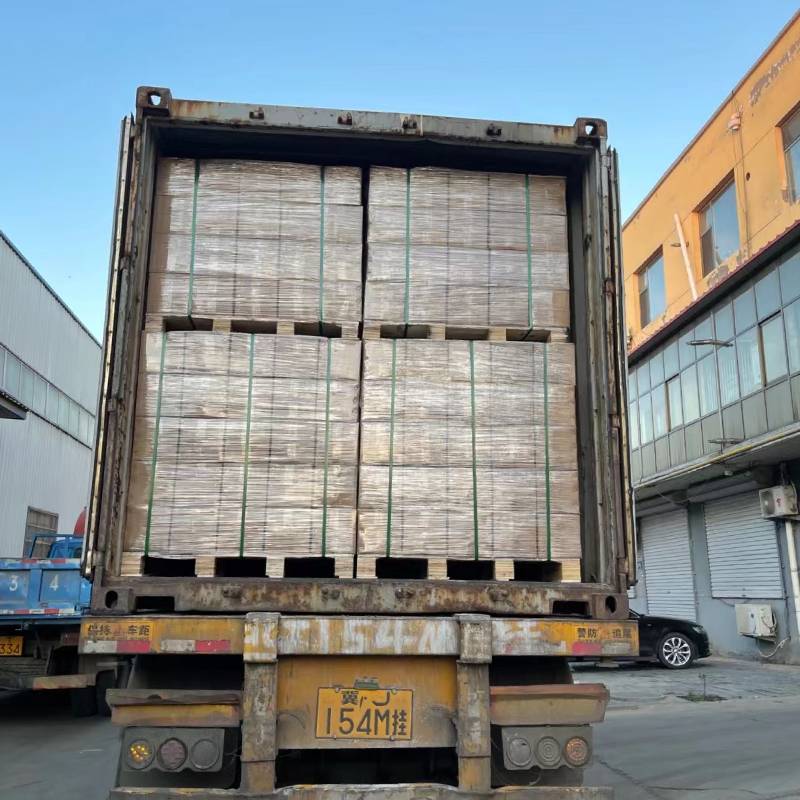
- Mobile Phone
- +8613931874955
- sales@cntcmetal.com
extended hook spring
Understanding the Extended Hook Spring Mechanics and Applications
The extended hook spring is a unique type of mechanical spring that serves numerous applications across various industries. Its design and functionality make it an essential component in devices that require flexibility and tension. Understanding the mechanics behind the extended hook spring can help us appreciate its versatility and importance in engineering.
What is an Extended Hook Spring?
An extended hook spring is a type of spring that features a hook on one or both ends. These hooks allow the spring to be easily attached to other components, facilitating the transfer of force or motion. Unlike standard coil springs that may have flat ends or no hooks, the extended hook spring is specifically designed for applications where quick connections and disconnections are necessary.
Mechanics of the Extended Hook Spring
The core principle of the extended hook spring relies on Hooke's Law, which states that the force exerted by a spring is directly proportional to its extension or compression within its elastic limit. This means that the more you stretch or compress the spring, the greater the force it exerts. The mathematical expression of Hooke's Law is
\[ F = -k \cdot x \]
Where - \( F \) is the force exerted by the spring, - \( k \) is the spring constant (a measure of the stiffness of the spring), - \( x \) is the distance the spring is stretched or compressed from its rest position.
In the case of the extended hook spring, the hooks are designed to withstand not only the elastic forces but also the mechanical stresses from the attachment points. This makes them ideal for dynamic applications where repetitive motion occurs.
Applications of Extended Hook Springs
extended hook spring

Extended hook springs are found in a wide array of applications across different industries. Some notable uses include
1. Automotive Industry In automotive applications, extended hook springs are often used in mechanisms like trunk lids, hoods, and even in suspension systems. Their ability to absorb shocks and provide tension makes them invaluable for ensuring reliability and safety.
2. Manufacturing In manufacturing equipment, these springs are crucial for assembly lines where they can hold components in place or facilitate movement. Their hook design allows for easy adjustments and assembly, which enhances productivity.
3. Electronics Many electronic devices utilize extended hook springs to maintain tension in various components. For example, in battery compartments, these springs ensure that batteries connect properly to the circuit, improving performance and durability.
4. Consumer Products Many everyday items, such as clothes pegs, tools, and toys, utilize extended hook springs for their simple yet effective functionality. Their ease of installation and removal allows users to interact with products more effectively.
Advantages of Extended Hook Springs
The extended hook spring offers several advantages over other types of springs. First, the hook design allows for quick and easy installation, making them user-friendly. Second, they are capable of carrying significant loads relative to their size, making them efficient in space-constrained applications. Additionally, their versatility means they can be used in a wide range of environments, from light-duty applications in household items to heavy-duty uses in industrial machinery.
Conclusion
The extended hook spring embodies the principles of mechanical engineering while offering practical solutions across various sectors. Its ability to provide effective tension and flexibility makes it a staple in design and fabrication processes. As technology continues to advance and the demand for efficient mechanical solutions increases, the relevance and application of the extended hook spring are likely to grow even more significant. Understanding its mechanics not only enhances our appreciation of its functionality but also encourages innovation in its applications. Whether you encounter them in a car, a toy, or a piece of electronics, extended hook springs have undoubtedly made a lasting impact on modern engineering.
share:
-
The Ultimate Solution for Display Needs: Wire Grid PanelsNewsMay.06,2025
-
The Ultimate Guide to Galvanized Steel WireNewsMay.06,2025
-
Iron Binding Wire: The Ideal Solution for Your NeedsNewsMay.06,2025
-
Explore the Strength and Versatility of Galvanized Welded Wire FabricNewsMay.06,2025
-
Discover the Durability and Versatility of PVC Galvanized WireNewsMay.06,2025
-
Discover Quality China Stainless Steel Wire MeshNewsMay.06,2025
-
Understanding Wall Ties: Types and ImportanceNewsApr.28,2025



















